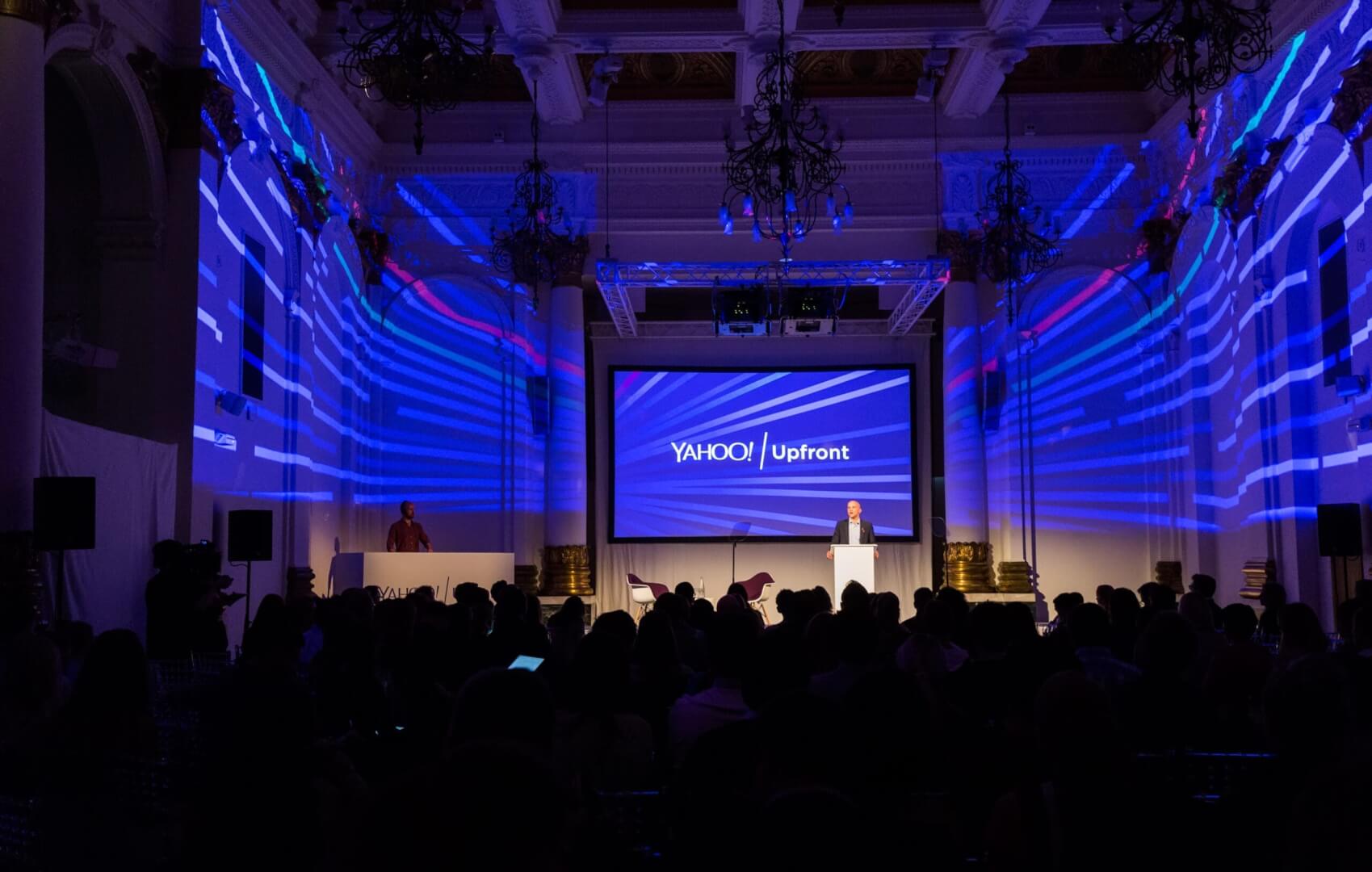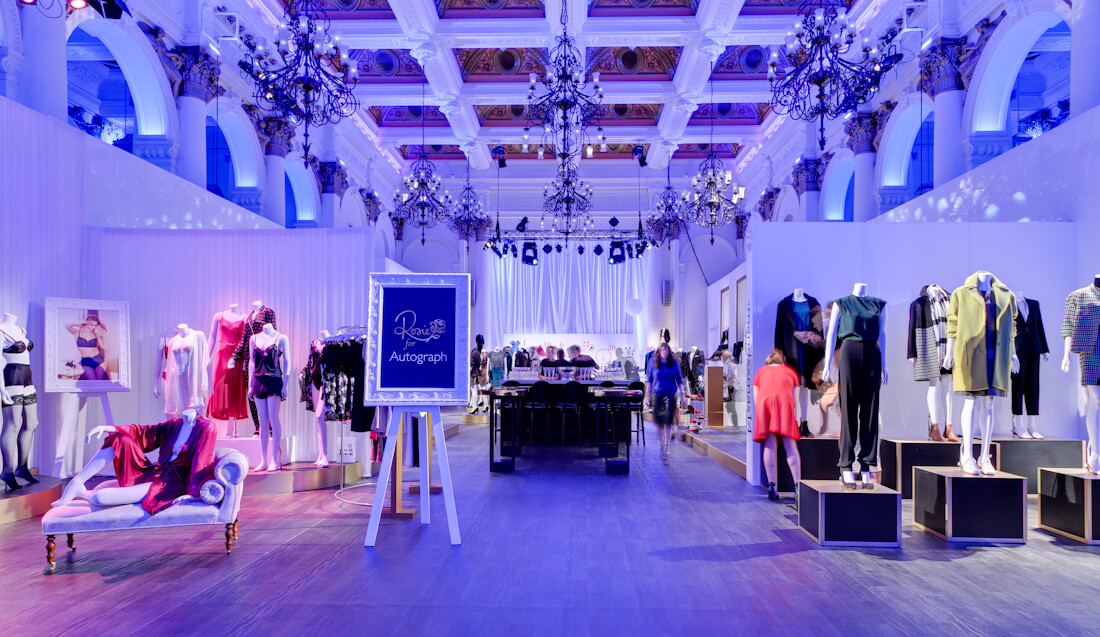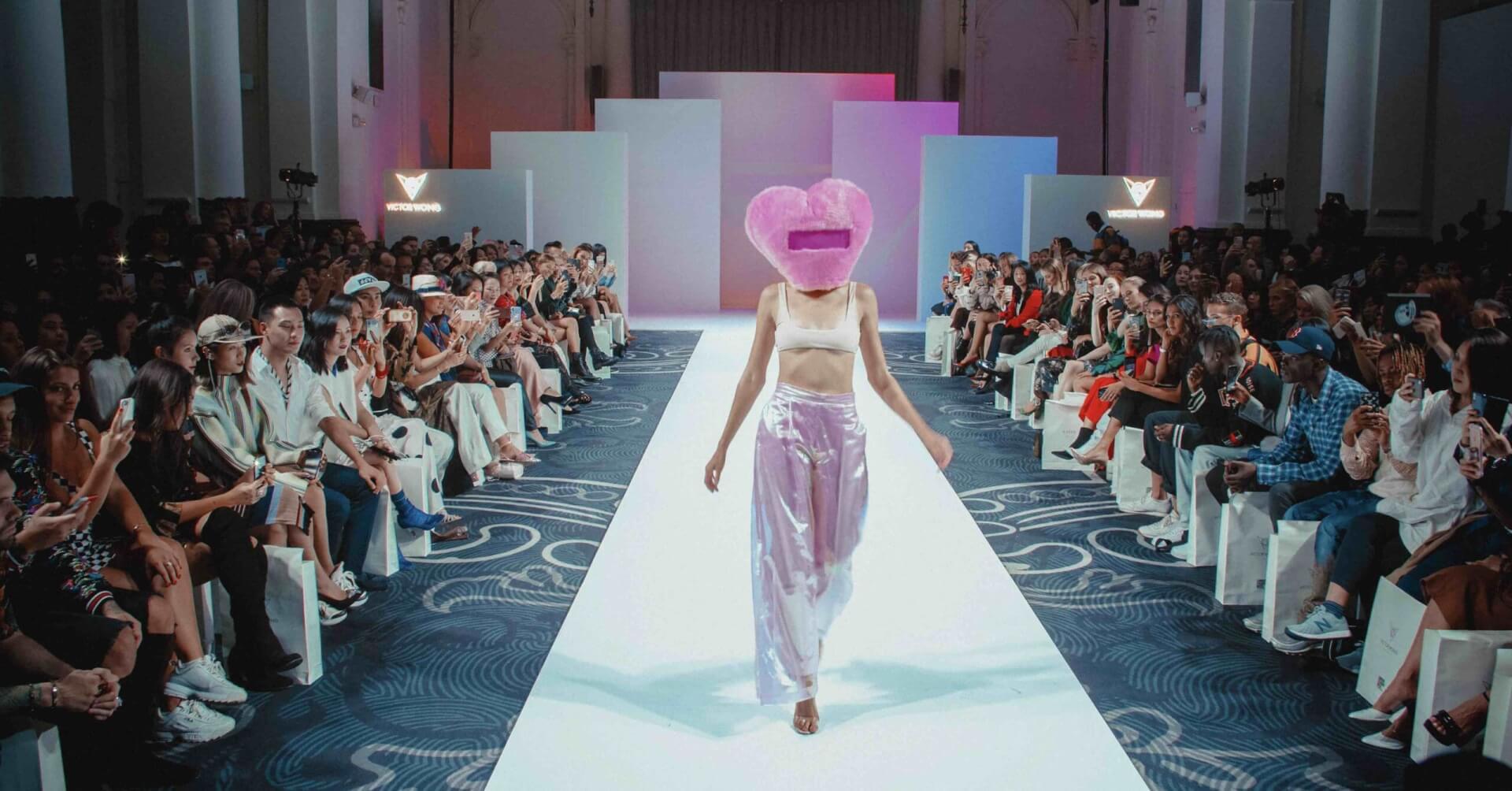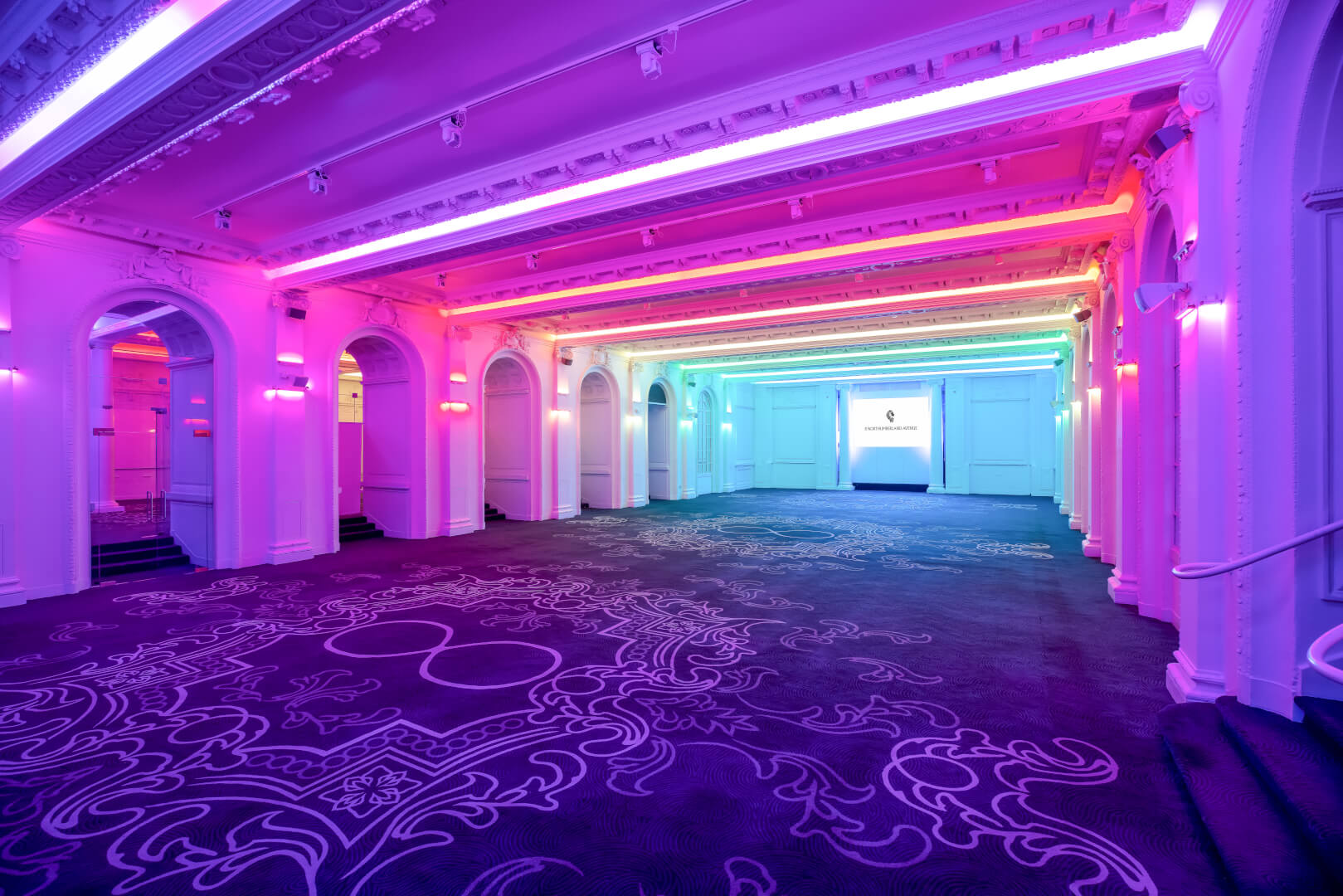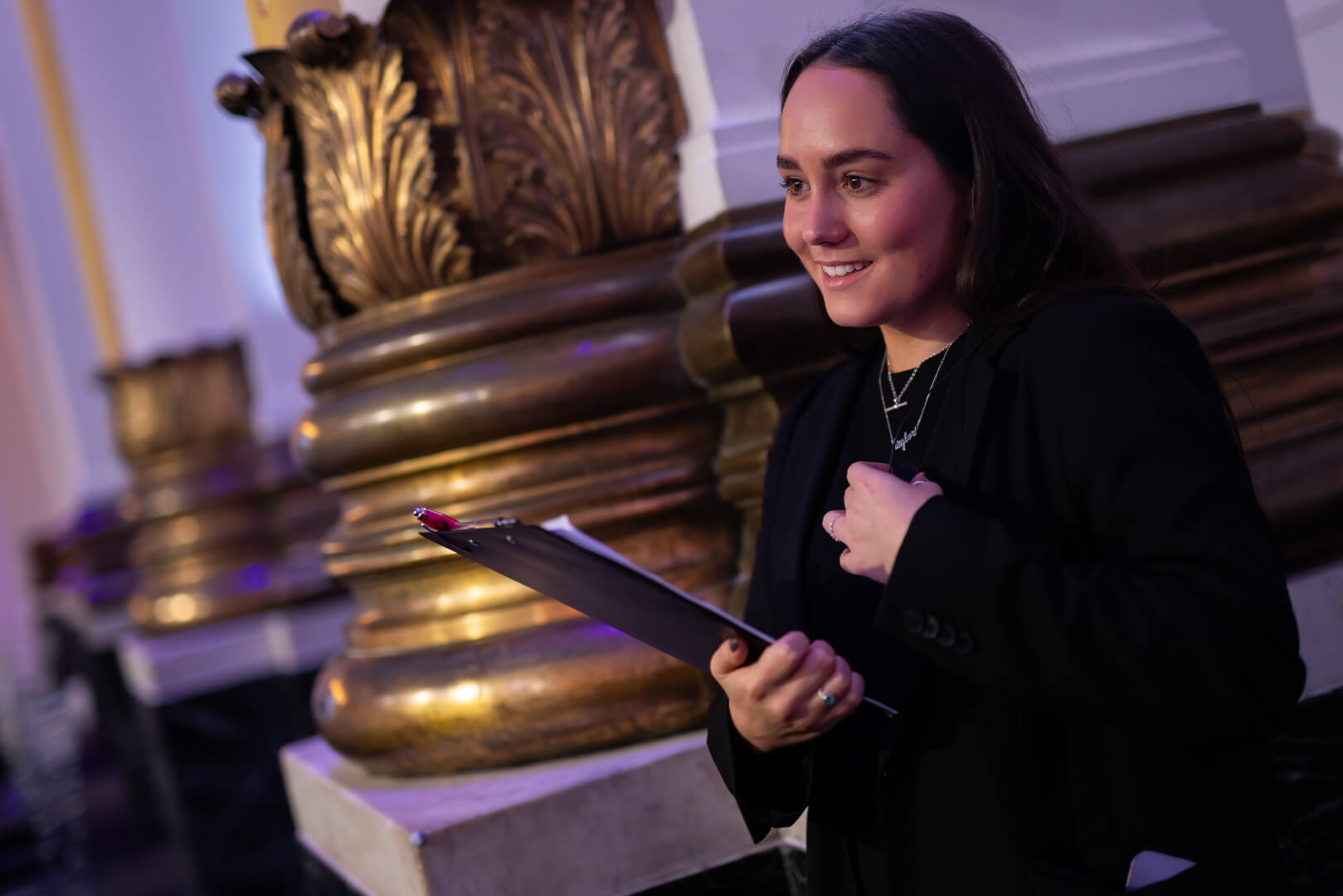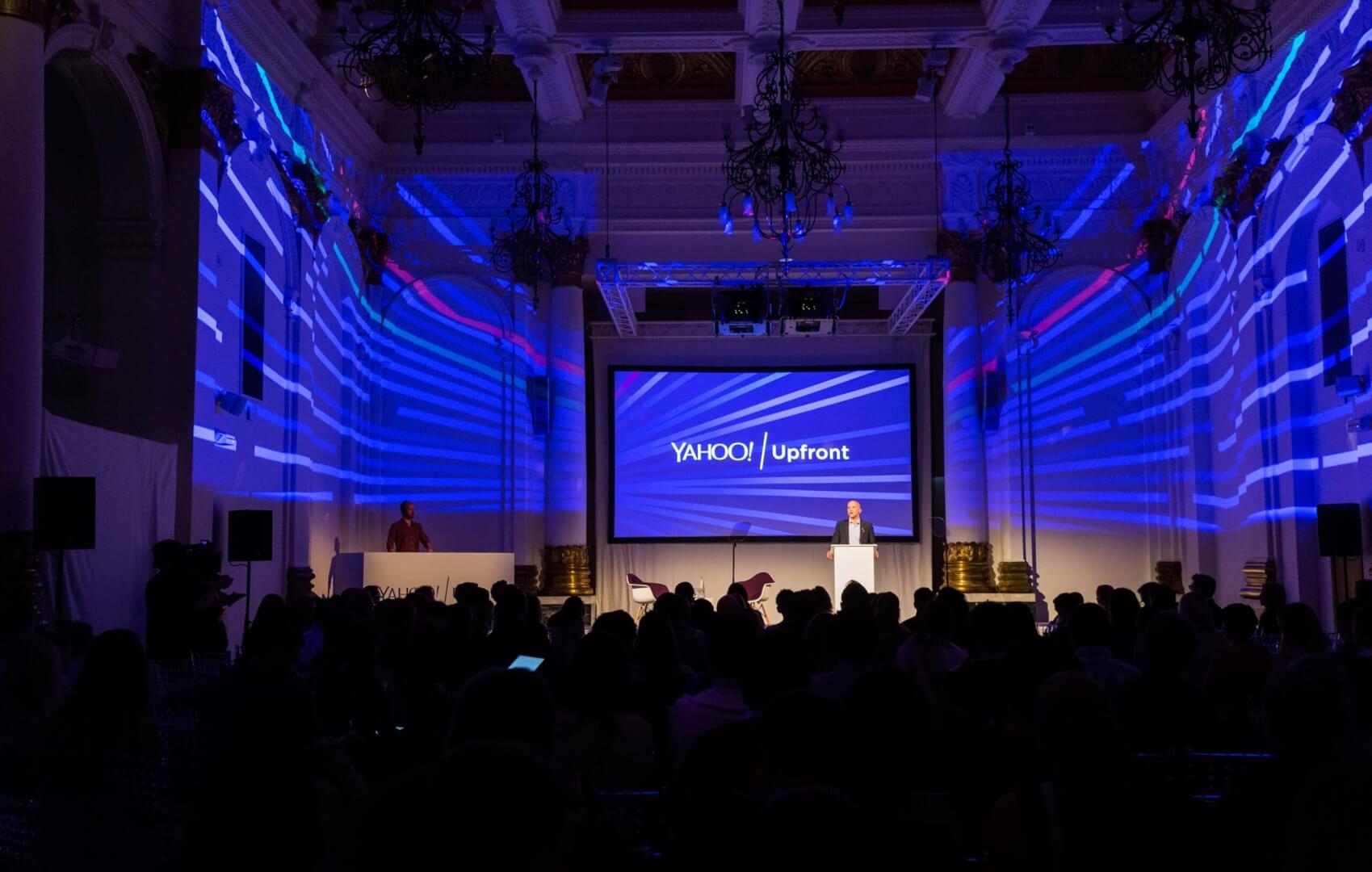Employee Advocates, the New Influencers?
Employee Advocates can be a powerful voice to promote your business across social media. But how do they compare to traditional ‘influencers’ in their ability to connect to your audience?

Your social media reach can be greatly amplified by the use of employee advocates or an influencer strategy. Both greatly improve your overall reach and impact across the social sphere. Each becoming an invaluable form of marketing over the past 5 years.
The ‘influencer’ market is arguably one of the key marketing trends from the past ten years. According to Mediakix, around 65% of marketers are planning to increase their budget allocation for influencer marketing in 2019. A 30% increase on last year’s figures.
Due to the sheer size of the market, brands categorise influencers through their follower count. Celebrities and ‘Mega’ Influencers sit at 1million or more, Macro with 500K – 1million, Mid-tier with 50-500K, Micro with 10-50K and Nano with 1-10K. Anyone with authenticity, credibility and a loyal following can be an influencer.
Similarly, employee advocates have been around for a long time. Employee Advocacy programs focus on encouraging employees to engage with their company, with a specific focus on social media.
Some businesses require employees to engage with them on social media. However, the general consensus is that authentic, spontaneous engagement is best. Employee Advocacy schemes also tend to see especially impressive results for B2B companies.
The Future of Influencers
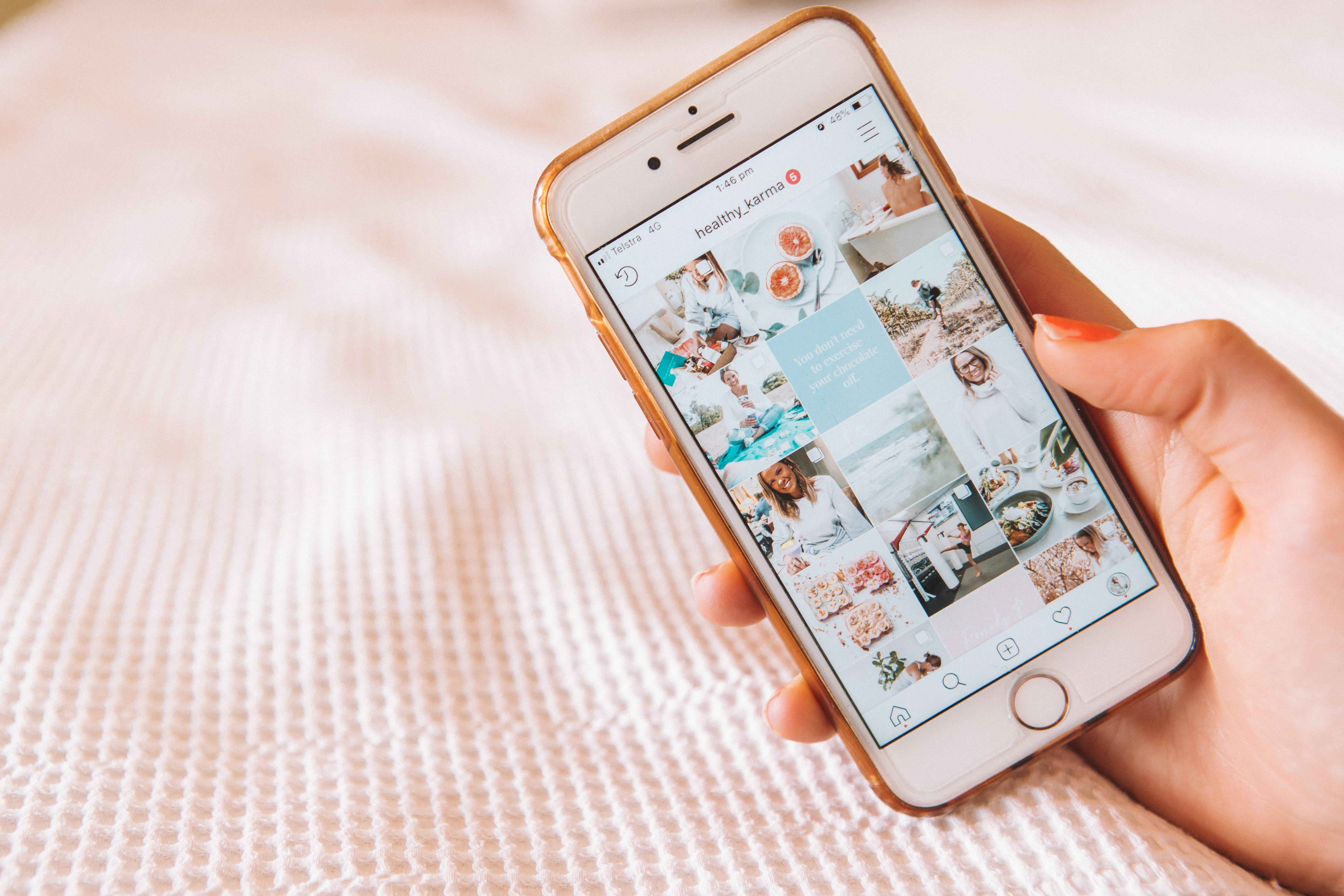
The social landscape is becoming more and more saturated with content. In 2019, brand stories must to work harder to be noticed. People still buy into people, with almost 92% of people trusting product recommendations from people they don’t know.
Most figures suggest that the influencer market is continuing its boom within the market. However, recent controversies can damage this. Last year, Unilever’s effort to restructure their influencer marketing drew attention to the use of fake followers and bots. Scandals surrounding Fyre Festival and, more recently, the infamous Caroline Calloway have revealed a massive credibility problem.
Further problems plague the influencer market. Recent surveys show 61% of marketers find it difficult to identify the ‘right’ influencers and reveal a lack of standardised metrics. The industry is becoming shrouded in uncertainty. Slowly but surely, influencers are losing their influence.
A recent study by PR firm Splendid Communications revealed that 43% believe influencers are ‘often inauthentic’ and work for brands they ‘don’t believe in’. A further 52% thought influencers only promoted products when they are paid, with only 5.5% thinking they genuinely promote products they believe in.
However, it seems that the main issue consumers are finding is the saturation of brand deals in the influencer market. New data shows brands and influencers alike are favouring long-term partnerships. Co-created product lines or social cause partnerships being two good examples of the forms these come in. Not only do these partnerships deliver excellent ROI, but they also increase brand association and credibility. Longer lead times for brand partnerships allow for more creative, innovative content which cuts through the noise of social media.
Another key change in the influencer sphere is how brands are sourcing their partnerships. Previously, the number of followers and engagement would be used almost exclusively when brands chose who to partner with. Now, brands evaluate an influencer’s personal brand against what they want to achieve. Plus, whether their personal style and values align with the brand’s own culture.
Employee Advocates are on the Rise
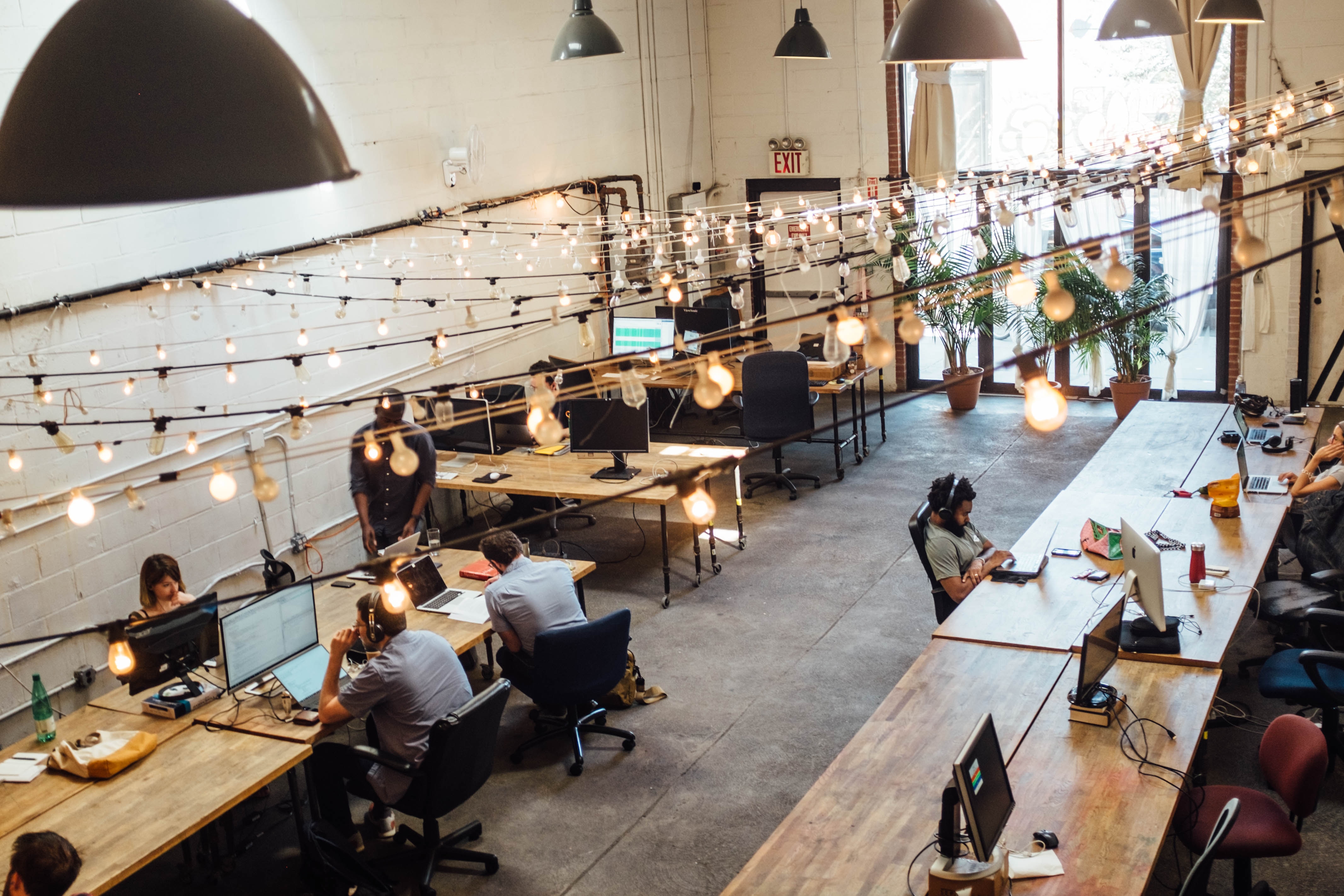
The focus on ‘credibility’ and ‘authenticity’ in the influencer market clearly demonstrates how transparency has become a trend for 2019. Consumers want to trust the credibility of their influencers. This applies the brands they interact with as well.
Having employees who are passionate enough to post positively about their employer is a fantastic way to build brand recognition. It also instills trust in the business and hugely boosts word of mouth reach.
Consumers are beginning to examine the brands they buy from with far more scrutiny. From sustainability to charitable work and employee treatment to brand values, consumers will pay for socially conscious brands. According to the Global Poverty Project, 74% of people are willing to pay an additional 5% if there is a guarantee that workers have safe conditions and good pay.
For this, consumers often look to the employees of a company in order to dissect its values. Individual employees are generally viewed as having insight into a company. 61% say they are more likely to research products mentioned by friends or colleagues. In comparison, only 36% will if a celebrity or influencer promotes the same product.
When shared by employee advocates, brand messages reached 561% further than when shared by official channels. Employees have a far wider reach than brands realise. They are uniquely positioned to share their experience and passion for the company. In some cases, an employee’s network might be 10x the size of their brand channels.
From the dedicated social media channels that Starbucks use to promote the activities of its ‘partners’ to Reebok’s #FitASSCompany slogan, there are options for advocacy programs. Companies like Coupa have launched huge content libraries which their employees can share across social media. Dell has taken this a step further, by encouraging employees to only post about them 20% of the time; the other 80% to speak on the industry at large.
Employee Advocacy vs. Influencers
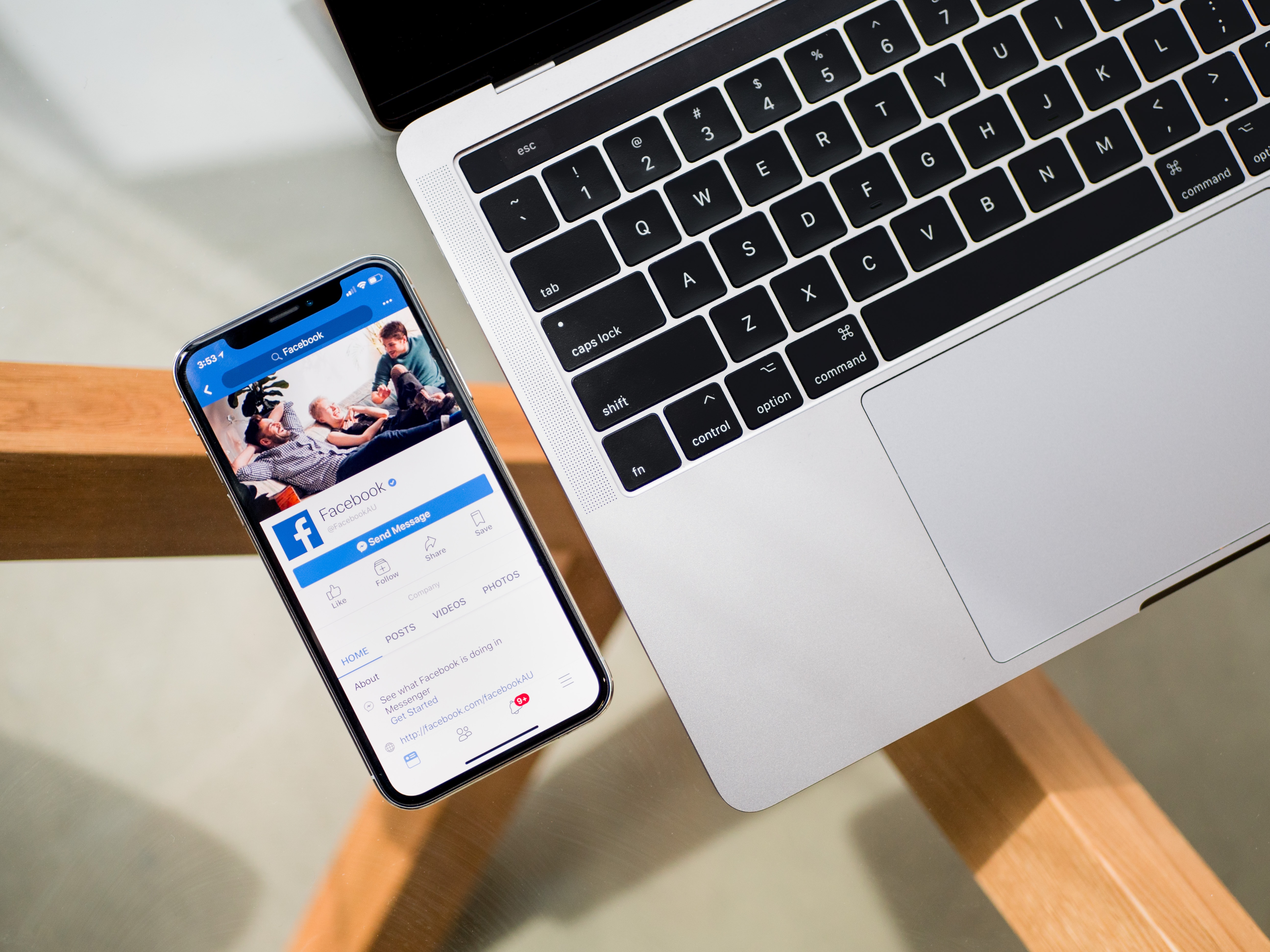
As employee advocates are becoming more and more widespread, forcing brands to evaluate with tactic aligns to their aims. Both types of marketing have their merits. It comes down to the specific aims of each individual business as to which fits their plans.
There are huge amounts of options for influencer partnerships available, from ‘nano’ through to ‘mega’/celebrities. Furthermore, brands now can align themselves with a network of relatable peers, all who compliment or share their brand vision. Followers often see the influencer as their friend, especially in the ‘nano’ and ‘micro’ sphere. This instills trust in their following and often produces fantastic ROI.
A small initial investment is needed to kickstart your employee advocacy strategy. This means that businesses without large marketing budgets for influencer campaigns might look here for an effective alternative. Furthermore, the sheer amount of options for Employee Advocacy programs means almost any business model can utilise it.
The programs also benefit from being very easily and quickly scalable. Introducing more employee advocates can be done at any time, instantly increasing the campaign’s reach. Influencer campaigns can be scaled also, but the time needed to properly research each influencer can delay this.
However, in both scenarios, brands must remember that these types of marketing enter after content. If your content is not delivering your brand message correctly, you’ll not receive the results you’re hoping for.
Looking to host your next event to invigorate your employees to become your advocates? Email a member of the team to see how we can help.

